Salt Lake City, the capital and largest city of Utah, has a rich history and is home to several historic places, buildings, streets, and squares that reflect its cultural and architectural heritage.
Vectormap.Net provide you with the most accurate and up-to-date vector maps in Adobe Illustrator, PDF and other formats, designed for editing and printing. Please read the vector map descriptions carefully.
Here is a detailed description of some of the notable historic sites in Salt Lake City:
- Temple Square:
- Description: Temple Square is the heart of Salt Lake City and the headquarters of The Church of Jesus Christ of Latter-day Saints (LDS Church). It features the iconic Salt Lake Temple, which took 40 years to complete, and the domed Tabernacle known for its unique acoustics.
- Significance: A religious and cultural center, Temple Square attracts millions of visitors each year.
- Utah State Capitol:
- Description: Perched on a hill overlooking downtown, the Utah State Capitol is an architectural masterpiece. Built between 1912 and 1916, it showcases neoclassical design elements and offers panoramic views of the city and the surrounding mountains.
- Significance: The Capitol is home to the Utah Legislature and is a symbol of the state’s political history.
- Trolley Square:
- Description: Trolley Square is a historic shopping and dining district that originated as a trolley barn in the early 20th century. The buildings retain their original charm, and the area is now a popular destination for locals and visitors alike.
- Significance: Trolley Square provides a unique shopping and entertainment experience with a blend of history and modern amenities.
- The Beehive House:
- Description: Built in 1854, the Beehive House was the official residence of Brigham Young, the second president of the LDS Church and the first governor of the Utah Territory. The beehive symbol on the house represents industry and cooperation.
- Significance: A historic site, the Beehive House provides insights into Utah’s pioneer history and the early days of the LDS Church.
- Cathedral of the Madeleine:
- Description: This Roman Catholic cathedral, completed in 1909, is a stunning example of Gothic Revival architecture. It features intricate stained glass windows, a beautiful altar, and a peaceful courtyard.
- Significance: The Cathedral of the Madeleine is a religious and architectural landmark in Salt Lake City.
- Liberty Park:
- Description: Liberty Park is one of the city’s oldest public parks, established in 1881. It spans 80 acres and includes walking paths, a lake, playgrounds, and the Tracy Aviary.
- Significance: A popular recreational space, Liberty Park is a hub for outdoor activities and community events.
- Gallivan Center:
- Description: The Gallivan Center is a public plaza and event space in the heart of downtown Salt Lake City. It hosts concerts, festivals, and cultural events throughout the year.
- Significance: The center is a vibrant gathering place that contributes to the city’s cultural scene.
- Fort Douglas Military Museum:
- Description: Located on the University of Utah campus, Fort Douglas was a military post established in 1862. The museum showcases the history of the fort and its role in the development of the region.
- Significance: The museum offers a glimpse into Utah’s military history and the role of Fort Douglas in the American West.
These historic places, buildings, streets, and squares collectively contribute to Salt Lake City’s diverse cultural landscape, reflecting its pioneer history, religious heritage, and architectural achievements. Exploring these sites provides a comprehensive understanding of the city’s past and present.

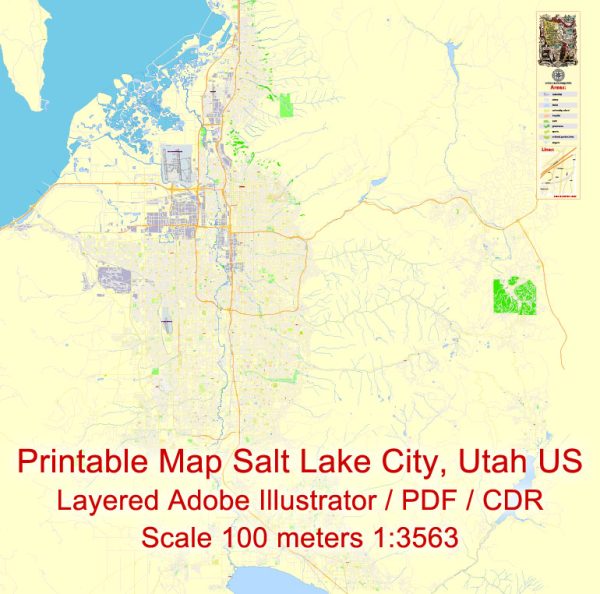
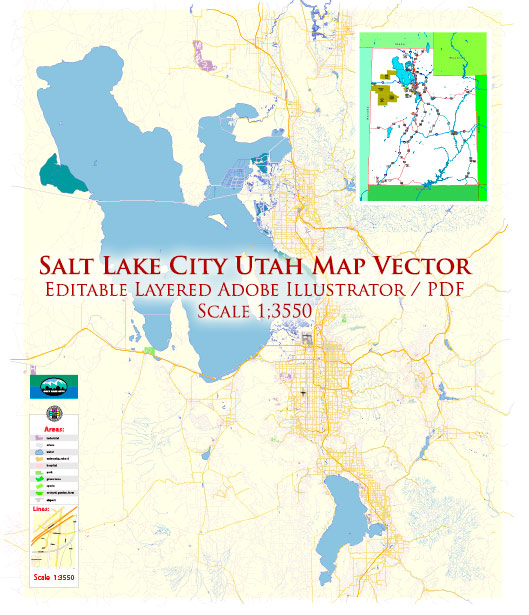
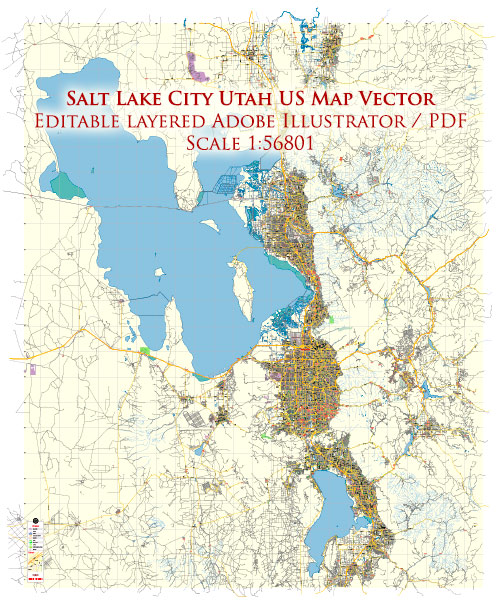
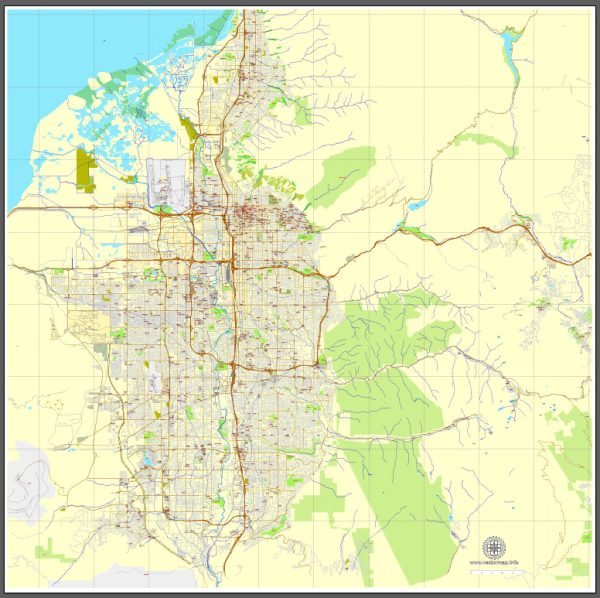
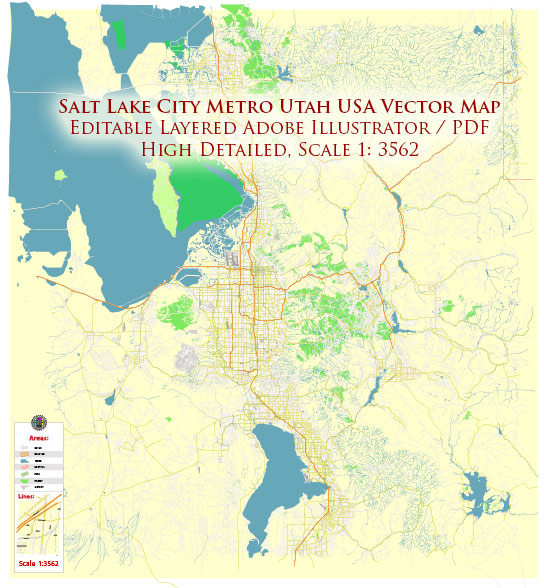
 Author: Kirill Shrayber, Ph.D.
Author: Kirill Shrayber, Ph.D.